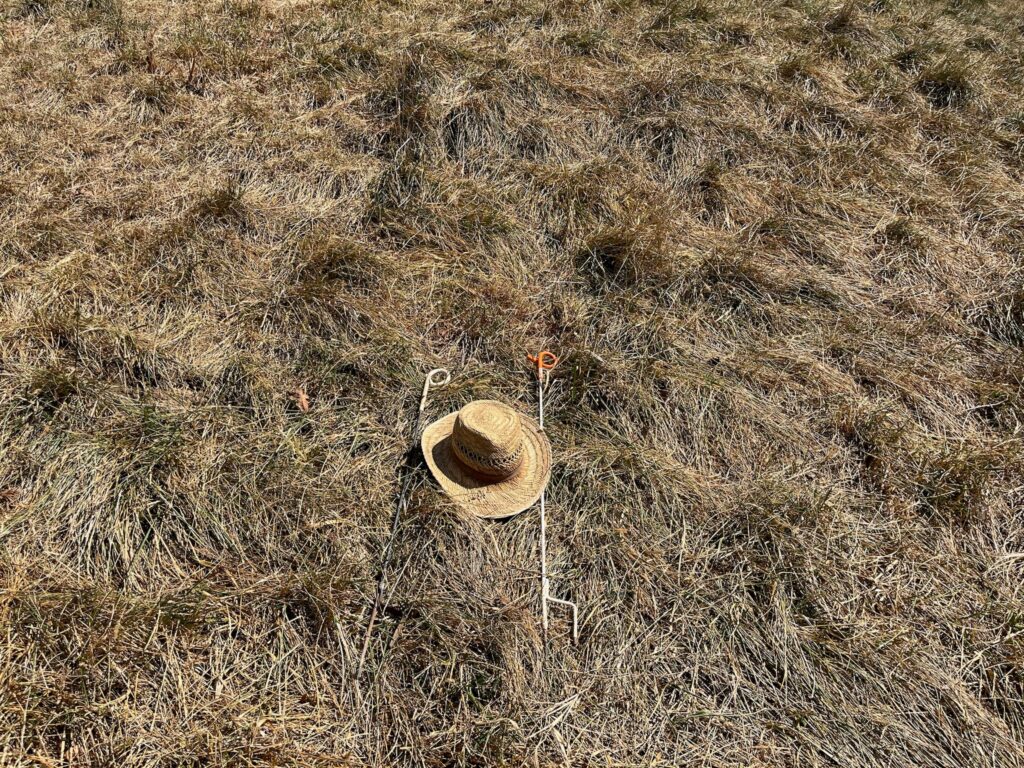Dry weather has become a concern across Indiana for livestock producers. Purdue Extension publication ID-528, “Forage Management and Use Considerations When Drought Occurs” (ID-528 When Forages are in Short Supply Because of Drought (purdue.edu) has many ideas that will help stretch forage resources specifically for beef cattle. Many of the concepts have value for other ruminant species, too.
Within the publication is discussion of the following practices that should be considered now to stretch forage supply and to better manage pastures:
- Monitor cow body condition as a barometer of nutritional status
- Avoid overgrazing
- Provide clean, cool water to reduce heat stress and maintain herd health
- Creep feed calves to obtain near normal weaning weights
- Early wean calves to take pressure off both cows and pastures
- Identify and manage poisonous plants in pastures and hay fields
- Pregnancy check and market cull cows earlier than normal to reduce feed needs
- Inventory hay and other feed resources
- Use a hay feeder design that reduces waste
- Analyze feeds for nutrient profiles to help determine supplemental feed needs
- Use alternative feeds to supplement and stretch forage supplies
- Limit hay access time to stretch forage supplies
- Limit-feed a nutrient-dense diet to stretch forage supplies
- Graze corn residues to reduce harvested feed needs
- Feed an ionophore to increase feed utilization
- Add moisture around electric fence ground rods to maintain a good electrical ground.
Implementing practices above will help protect permanent pastures from overgrazing and resulting productivity loss in 2025.



